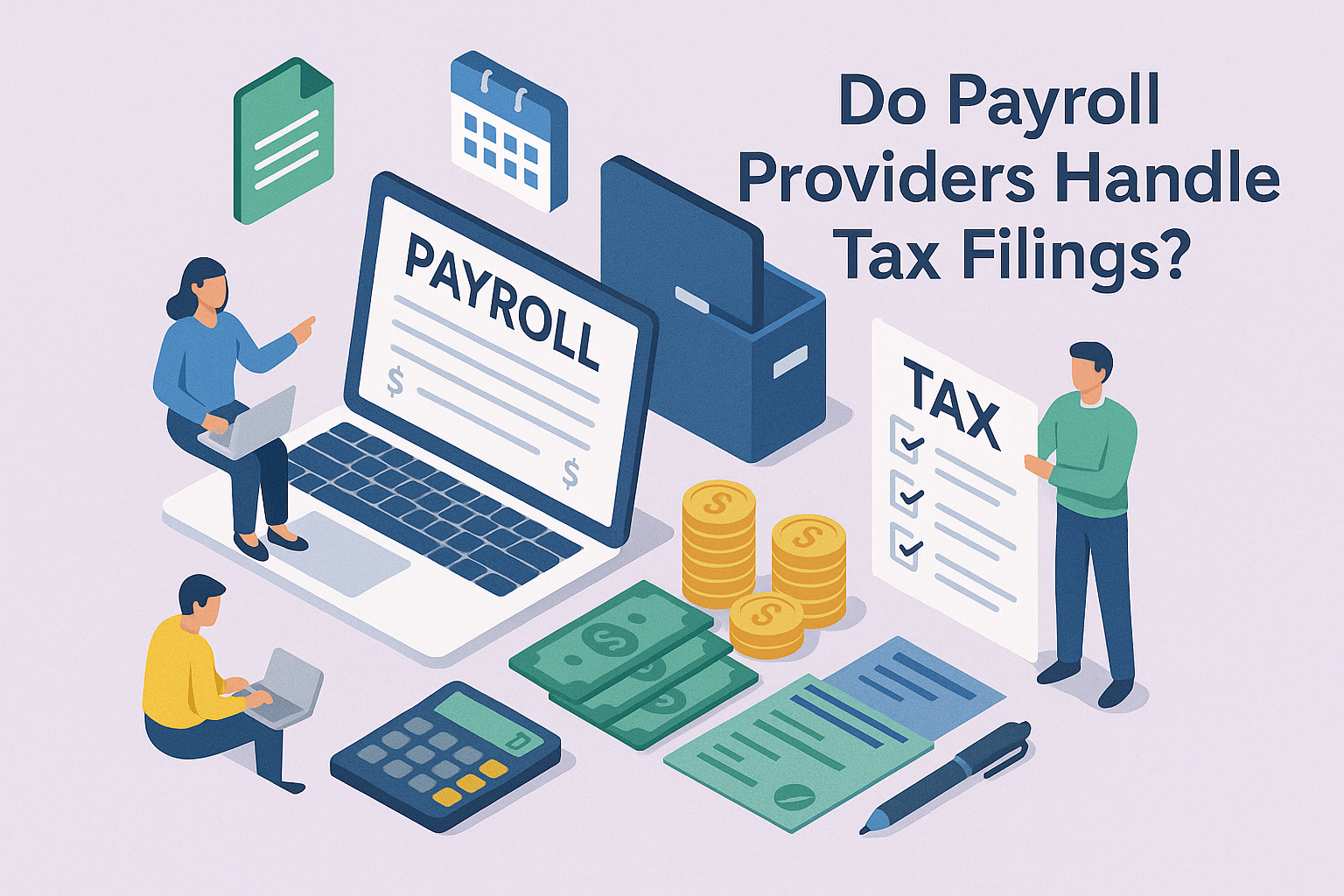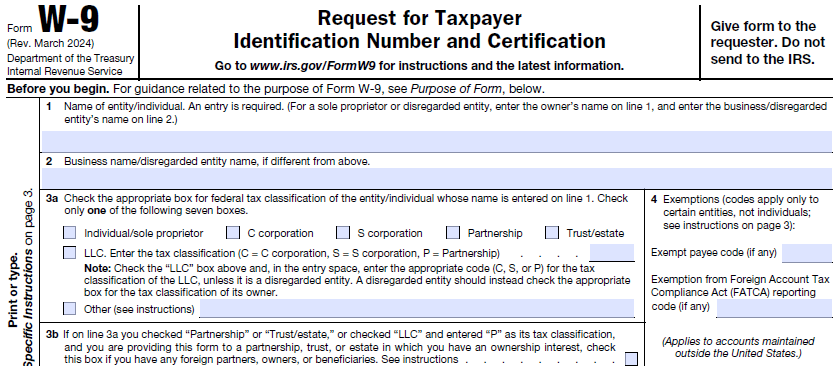
If you're like many employers, you're probably feeling the pinch of taxes, which may be hindering your ability to invest in things like technology and people—the drivers of future growth. But fear not! There's this thing called the work opportunity tax credit (WOTC); a cute little brand collab between the IRS and Department of Labor (DOL) that companies like WalMart, Amazon, and Dollar General have used to save some serious coin.
Employers can claim a work opportunity tax credit on wages paid to individuals certified as members of one of 10 WOTC target groups:
- Qualified Veterans,
- Qualified Ex-Felons,
- Qualified SSI Recipients,
- Qualified IV-A Recipients,
- Qualified Summer Youth Employee,
- Qualified SNAP Benefits Recipients,
- Qualified Long-Term Unemployment Recipients,
- Long-Term Family Assistance Recipients,
- Vocational Rehabilitation Referrals, and
- Designated Community Residents (DCR).
While the particulars surrounding who qualifies as “qualified” merits a separate discussion, it’s important that you understand what’s involved in claiming a work opportunity tax credit. Lift HCM is an independent payroll provider that’s helped businesses optimize their payroll taxes 1967. Join us as we take a closer look at the individual qualifications, due dates, and submission requirements to help you earn, in some cases, $2,400 per qualifying employee and make the WOTC work for you!
WOTC Calculation and Limitations
The amount of WOTC you can claim generally ranges from $2,400 to $9,600 depending on the employees targeted group and the qualified wages you’ve paid them. Note that qualified wages are determined without regard to the $7,000 tax wage base laid out in the Federal Unemployment Tax Act (FUTA).
WOTC is generally equal to 25% on wages of certified employees who’ve performed at least 120 hours of service and 40% on wages of employees who’ve logged 400 hours of service or more within their first year of employment. It’s also worth noting you cannot claim the WOTC for a rehired employee. More information on these particulars is available here.
While WOTC typically only applies to an individual’s first year of employment, those who belong to the long-term family assistance target group may claim WOTC for a second one-year period beginning the day after earning their first year of wages. We've broken down the maximum amount of qualified wages on which you can claim WOTC in the table below.
|
Max Qualified Wages |
Target Group |
Conditions |
|
$3,000 |
Qualified Summer Youth Employee |
None; so long as the employee is a certified member of this WOTC target group. |
|
$10,000 (per year) |
Long-Term Family Assistance Recipient |
None; so long as the employee is a certified member of this WOTC target group. |
|
$6,000 |
Qualified Veteran |
|
|
$12,000 |
Qualified Veteran |
Entitled to compensation for a service-related disability and hired within one year of their discharge or release from active duty. |
|
$14,000 |
Qualified Veteran |
Unemployed for six out of 12 months (consecutively or non-consecutively) prior to their hiring date. |
|
$24,000 |
Qualified Veteran |
Entitled to compensation for a service-related disability and unemployed for six out of the 12 months (consecutively or non-consecutively) prior to their hiring date. |
|
$6,000 |
Qualified Ex-Felon |
None; so long as the employee is a certified member of one of the relevant WOTC target groups. |
The Instructions for Form 5884 contain a line-by-line breakdown of your WOTC calculations (it’s a real page-turner; you won’t be able to put it down). The instructions list what disqualifies you from claiming WOTC on employee wages and what doesn’t count as qualified wages.
Key Dates in Claiming WOTC
You and your eligible candidate must complete the appropriate sections of Form 8850 on or before the date an offer is extended. The completed form must be submitted to the relevant SWA no within 28 days of the applicants start date. You must provide four dates to the SWA before you can submit Form 8850:
- The date they submitted their bona fides: the date the candidate supplies the information to confirm they belong to a WOTC target group must be on or before the date they got the job.
- The date they were offered the job: this must be on or after the date they submitted their bona fides. This date must also come on or before the dates they were hired and started working.
- The date they were hired: this date must be on or after the date they submitted their bona fides and were offered the job.
- Their start date: same as the above; the date must be on or after the date they bona’d their fides and were offered the job.
You can begin claiming the WOTC credit on federal quarterly taxes once you receive a letter certifying your employee’s eligibility from the SWA. You can claim WOTC for wages paid to qualifying individuals who begin working for you on or before December 31, 2025.
Taxable employers can carry this year’s unused WOTC one year back and 20 years forward. You can claim the WOTC within 3 years of the date your return is due (amended or original).
How to File a WOTC Claim
For all this talk, the actual form to claim a work opportunity tax credit is tiny. Look at it! It’s adorable! You’ve filled out longer forms getting freaky fast delivery from Jimmy John’s. But a 5884 does not a tax credit make. Let’s walk through the rigamarole.
Step 1: Read the Instructions (Do Yourself a Favor)
Ready for a pro tip? Read the instructions on these forms. It’s not the typical legalese and gives context to what might otherwise be a whole lot of confusion. Sure, this article is pretty thorough, but we’re not the IRS. This gives you everything you need to know in plain language, straight from the horse’s mouth.
Step 2: Fill Out Form 5884
Once the state certifies that your employee is eligible for WOTC, you’ll need to fill out Form 5884. This assumes you’re not a tax-exempt organization hiring a qualified veteran (in which case, you’d use Form 5884-C).
Step 3: Submit the Required Materials
Once this is done, you’ll need to submit three items to claim sweet, sweet tax credit:
- Form 3800* (with instructions), and
- Your business income tax return in whatever form that takes (e.g. Forms 1040, 1041, 1120, etc.). Pun retroactively intended.
* This comes with some exceptions; see Instructions for Form 5884 for more details.
Additional WOTC Resources
Additional resources for employers claiming WOTC are listed below:
- WOTC Fact Sheet
- WOTC Eligibility Desk Aid
- WOTC Employer Quick Reference
- Empowerment Zone (EZ) Address Locator (Beta)
- Work Opportunity Credit for Qualified Tax-Exempt Organizations Hiring Qualified Veterans
Do You Qualify to Claim WOTC?
If you're interested in claiming WOTC, your next step is to learn whether candidates for a job opening you've posted qualify as members of one of the 10 WOTC target groups. If you’re new to the work opportunity tax credit, this might seem like a lot of information thrown at you all at once. If you’re the one responsible for capitalizing on what may amount to multiple sizable tax credits, the pressure is on to capitalize on the opportunity!
Lucky for you, there’s one resource we left off the list above. Lift HCM has been helping businesses navigate "regulatory rats nests" like the work opportunity tax credits program for over half a century. If you're interested in claiming a work opportunity tax credit and want to determine your eligibility, give us a call sometime and our team of payroll tax specialists can show ya’ what we’ve learned.
Jason Noble is a seasoned expert in payroll and human capital management. With a wealth of experience in streamlining payroll processes and optimizing workforce management, Jason has successfully held key roles at leading organizations. His deep understanding of industry best practices ensures that his insights are both practical and authoritative.
Topics:











.jpg?width=4000&height=3723&name=stack-papers-tax-concept-illustration(1).jpg)




.jpeg?width=1344&height=768&name=two%20binders%20stacked%20on%20top%20of%20eachother%20on%20top%20of%20paperwork%20and%20a%20calculator(1).jpeg)


.jpeg?width=1792&height=1024&name=glass%20jar%20on%20a%20restaurant%20table%20top%20bar%20with%20someone%20putting%20cash%20tips%20in%20it(1).jpeg)
.jpeg?width=1792&height=1024&name=a%20restaurant%20employee%20counting%20cash%20tips%20at%20a%20table(1).jpeg)
.jpg?width=5000&height=3337&name=account-assets-audit-bank-bookkeeping-finance-concept(1).jpg)

